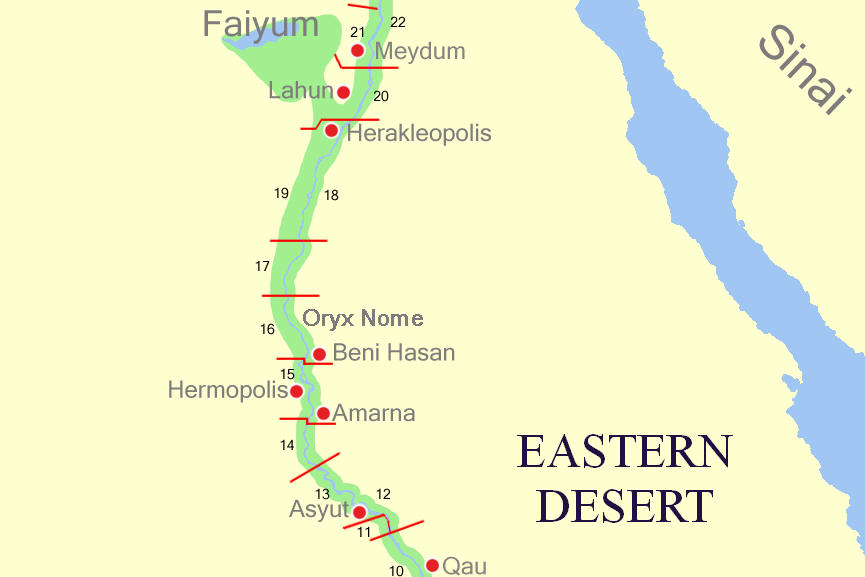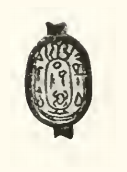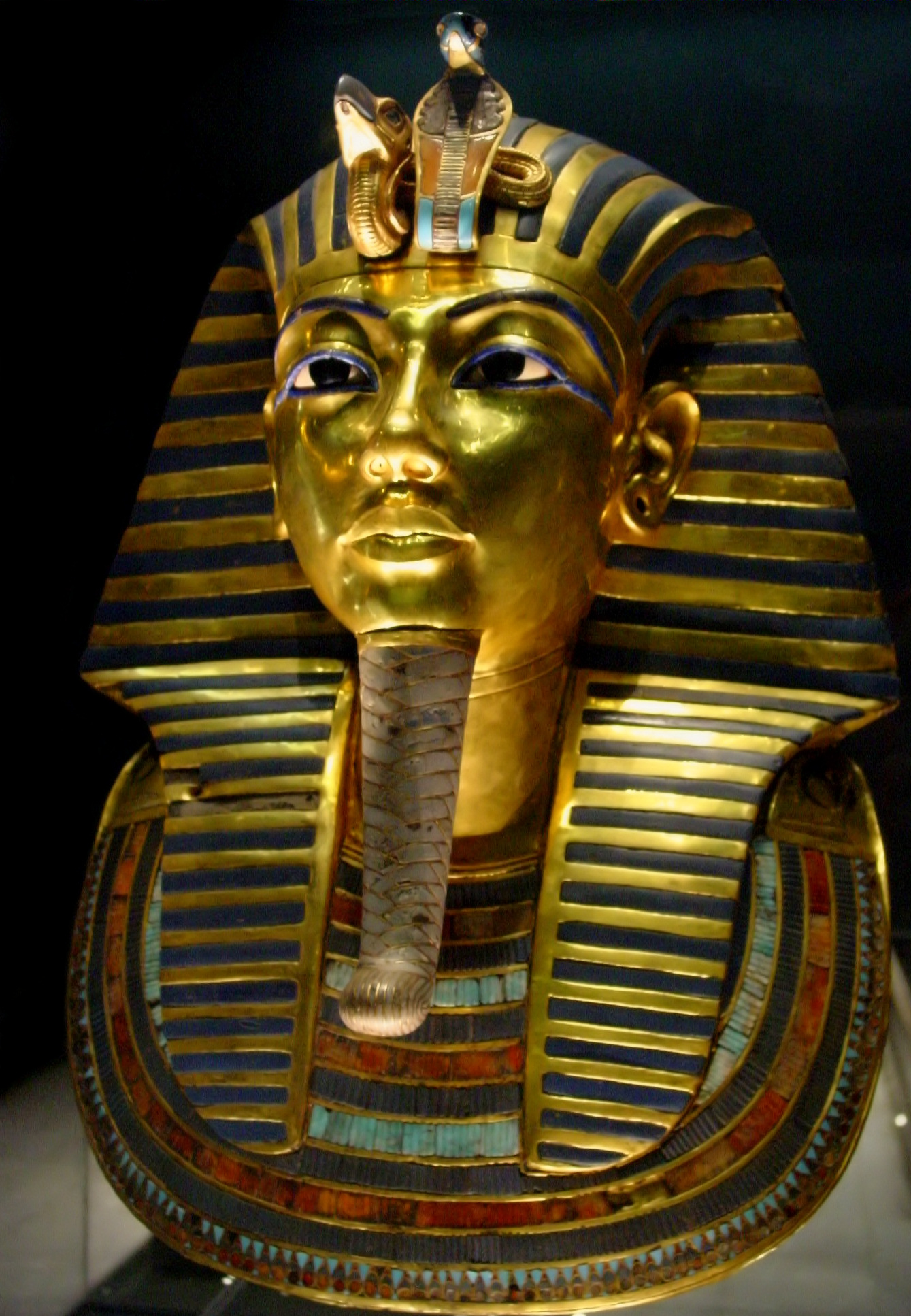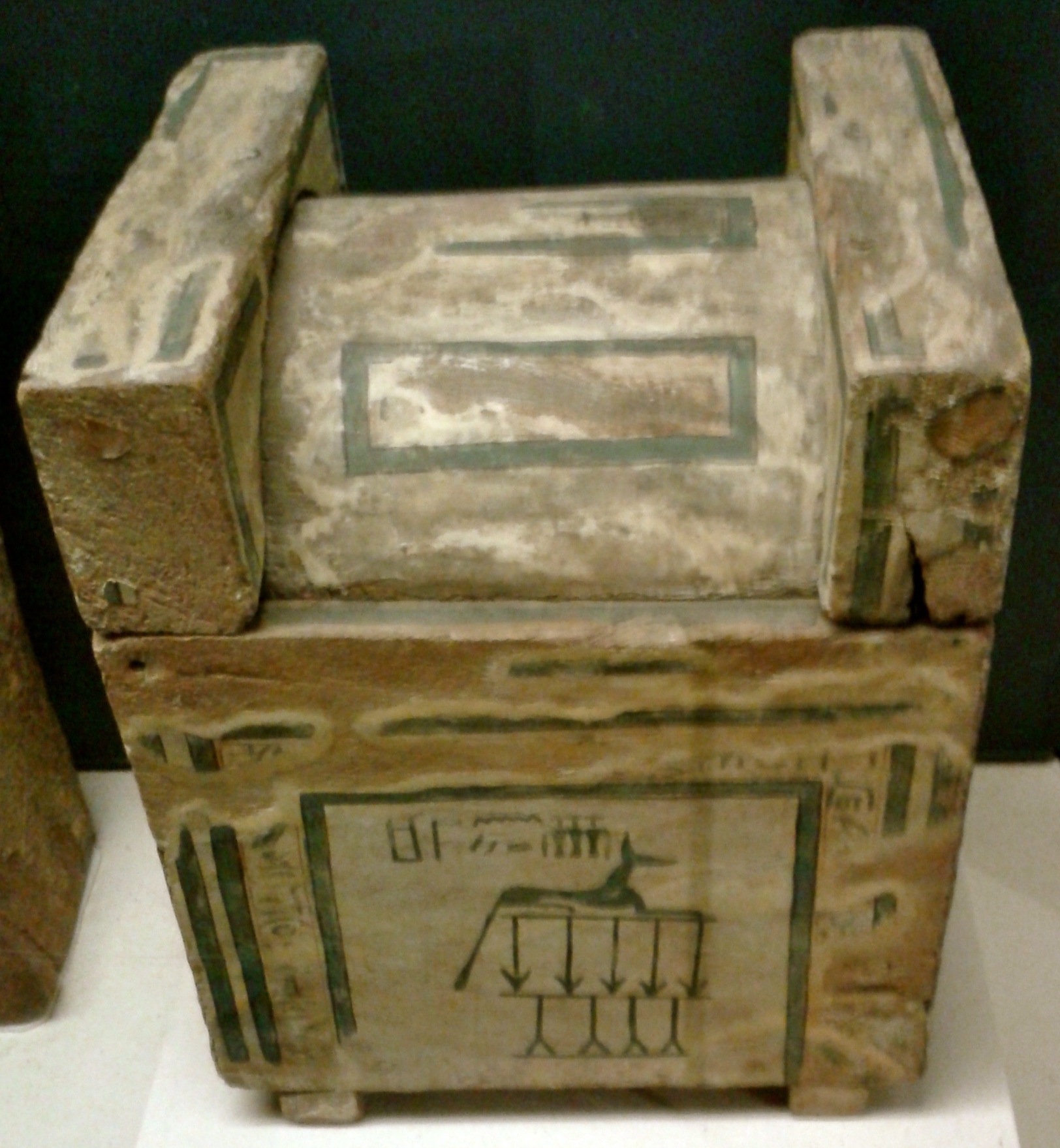|
Sekhemre-Heruhirmaat Intef
Sekhemre-Heruhirmaat Intef (or Antef, Inyotef, sometimes referred to as Intef VII) was an ancient Egyptian king of the Seventeenth Dynasty of Egypt, who ruled during the Second Intermediate Period, when Egypt was divided between the Thebes, Egypt, Theban-based 17th Dynasty in Upper Egypt and the Hyksos 15th Dynasty who controlled Lower Egypt, Lower and part of Middle Egypt. Sekhemre-Heruhirmaat Intef is referred to as Intef VII in some literature, while others refer to him as Intef VIII. Sekhemre-Heruhirmaat Intef ruled from Thebes, and was buried in a tomb in the 17th Dynasty royal necropolis at Dra' Abu el-Naga'. Brief reign His only clear attestation is his coffin – Louvre E 3020 – now in France. His sarcophagus contained the corrected Nomen (Ancient Egypt), nomen of this king as well as his Prenomen (Ancient Egypt), prenomen, Sekhemre-Heruhirmaat, "which was added in ink on the chest of the coffin." Little more is known concerning the reign of this king except that he was ... [...More Info...] [...Related Items...] OR: [Wikipedia] [Google] [Baidu] |
Rishi Coffin
Rishi coffins are funerary coffins adorned with a feather design, which were used in Ancient Egypt. They are typical of the Egyptian Second Intermediate Period, circa 1650 to 1550 BC. The name comes from ريشة (''risha''), Arabic for "feather". During the Egyptian Old Kingdom and Middle Kingdom, coffins were rectangular. The first coffins in anthropoid (human) shape only appear in the 12th Dynasty. These designs copied mummies showing a human head and the body without arms and legs as if they are wrapped in linen. The coffins were always in several sets with the outer coffin being rectangular. Perhaps already in the 13th Dynasty, these anthropoid coffins were decorated all over with a feather design and are no longer placed within an outer, rectangular coffin. These are the first rishi coffins. The earliest example mentioned in literature is the coffin of the ''scribe of the great enclosure'' Neferhotep, dating to the 13th Dynasty.Gianluca Miniaci, Stephen Quirke: ''Mariett ... [...More Info...] [...Related Items...] OR: [Wikipedia] [Google] [Baidu] |
Middle Egypt
Middle Egypt () is the section of land between Lower Egypt (the Nile Delta) and Upper Egypt, stretching upstream from Asyut in the south to Memphis in the north. At the time, Ancient Egypt was divided into Lower and Upper Egypt, though Middle Egypt was technically a subdivision of Upper Egypt. It was not until the 19th century that archaeologists felt the need to divide Upper Egypt in two. As a result, they coined the term "Middle Egypt" for the stretch of river between Cairo and the Qena Bend. It was also associated with a region termed "Heptanomis" (; Greek: , in Ptol. iv. 5. § 55; more properly or , in Dionysius Periegetes 251; and sometimes ; meaning "Seven Nomes", a " nome" being a subdivision of ancient Egypt), generally as the district which separates the Thebaïd from the Delta. Middle Egypt today can be identified as the part of the Nile Valley that, while geographically part of Upper Egypt, is culturally closer to Lower Egypt. For instance, in terms of language, the ... [...More Info...] [...Related Items...] OR: [Wikipedia] [Google] [Baidu] |
Pharaoh
Pharaoh (, ; Egyptian: ''pr ꜥꜣ''; cop, , Pǝrro; Biblical Hebrew: ''Parʿō'') is the vernacular term often used by modern authors for the kings of ancient Egypt who ruled as monarchs from the First Dynasty (c. 3150 BC) until the annexation of Egypt by the Roman Empire in 30 BC. However, regardless of gender, "king" was the term used most frequently by the ancient Egyptians for their monarchs through the middle of the Eighteenth Dynasty during the New Kingdom. The term "pharaoh" was not used contemporaneously for a ruler until a possible reference to Merneptah, c. 1210 BC during the Nineteenth Dynasty, nor consistently used until the decline and instability that began with the Twenty-Fifth Dynasty. In the early dynasties, ancient Egyptian kings had as many as three titles: the Horus, the Sedge and Bee ( ''nswt-bjtj''), and the Two Ladies or Nebty ( ''nbtj'') name. The Golden Horus and the nomen and prenomen titles were added later. In Egyptian society, religio ... [...More Info...] [...Related Items...] OR: [Wikipedia] [Google] [Baidu] |
Daniel Polz
Daniel is a masculine given name and a surname of Hebrew origin. It means "God is my judge"Hanks, Hardcastle and Hodges, ''Oxford Dictionary of First Names'', Oxford University Press, 2nd edition, , p. 68. (cf. Gabriel—"God is my strength"), and derives from two early biblical figures, primary among them Daniel from the Book of Daniel. It is a common given name for males, and is also used as a surname. It is also the basis for various derived given names and surnames. Background The name evolved into over 100 different spellings in countries around the world. Nicknames (Dan, Danny) are common in both English and Hebrew; "Dan" may also be a complete given name rather than a nickname. The name "Daniil" (Даниил) is common in Russia. Feminine versions (Danielle, Danièle, Daniela, Daniella, Dani, Danitza) are prevalent as well. It has been particularly well-used in Ireland. The Dutch names "Daan" and "Daniël" are also variations of Daniel. A related surname developed ... [...More Info...] [...Related Items...] OR: [Wikipedia] [Google] [Baidu] |
Kamose
Kamose was the last Pharaoh of the Theban Seventeenth Dynasty. He was possibly the son of Seqenenre Tao and Ahhotep I and the uncle of Ahmose I, founder of the Eighteenth Dynasty. His reign fell at the very end of the Second Intermediate Period. Kamose is usually ascribed a reign of three years (his highest attested regnal year), although some scholars now favor giving him a longer reign of approximately five years. His reign is important for the decisive military initiatives he took against the Hyksos, who had come to rule much of Ancient Egypt. His father had begun the initiatives and lost his life in battle with the Hyksos. It is thought that his mother, as regent, continued the campaigns after the death of Kamose, and that his full brother made the final conquest of them and united all of Egypt. Campaigns ''Casus Belli'' Kamose was the final king in a succession of native Egyptian kings at Thebes. Originally, the Theban Seventeenth dynasty rulers were at peace with the ... [...More Info...] [...Related Items...] OR: [Wikipedia] [Google] [Baidu] |
Uraeus
The Uraeus (), or Ouraeus (Ancient Greek: , ; Egyptian: ', "rearing cobra"), ''(plural: Uraei)'' is the stylized, upright form of an Egyptian cobra, used as a symbol of sovereignty, royalty, deity and divine authority in ancient Egypt. Symbolism The Uraeus is a symbol for the goddess Wadjet.Egyptian-Gods She was one of the earliest Egyptian deities and was often depicted as a cobra, as she is the serpent goddess. The center of her cult was in Per-Wadjet, later called Buto by the Greeks. She became the patroness of the Nile Delta and the protector of all of Lower Egypt. The pharaohs wore the uraeus as a head ornament: either with the body of Wadjet atop the head, or as a crown encircling the head; this indicated Wadjet's protection and reinforced the pharaoh's claim over the land. In whatever manner that the Uraeus was displayed upon the pharaoh's head, it was, in effect, part of the pharaoh's crown. The pharaoh was recognized only by wearing the Uraeus, which conveye ... [...More Info...] [...Related Items...] OR: [Wikipedia] [Google] [Baidu] |
Göttinger Miszellen
''Göttinger Miszellen'' (often abbreviated as GM) is a scientific journal published by the Seminar für Ägyptologie und Koptologie (Göttingen, Germany) which contains short scholarly articles on Egyptological, Coptological, and other related subjects. Founded in 1972, its aim is to publish information about new discoveries and theories as quickly and efficiently as possible, and to be a forum for scholarly discussions on Egyptology. In line with this philosophy, GM is published at least four times a year, and contributors (who may submit articles in German, English or French) are required to submit camera-ready copy, as articles are reproduced photographically rather than being re-typed or loaded from diskette. Copy is not edited at all by the publishers and is the verbatim work of each author. Each issue is approximately 112 pages in length and costs 4.50 euro The euro ( symbol: €; code: EUR) is the official currency of 19 out of the member states of the Europe ... [...More Info...] [...Related Items...] OR: [Wikipedia] [Google] [Baidu] |
Sekhemre-Wepmaat Intef
Sekhemre-Wepmaat Intef-Aa (sometimes Intef V) was an Ancient Egyptian pharaoh of the 17th Dynasty of Egypt, who lived late during the Second Intermediate Period, when Egypt was divided into two by Hyksos controlled Lower Egypt and Theban ruled Upper Egypt. Biography Sekhemre-Wepmaat Intef is sometimes referred to as Intef V,Lehner, Mark. ''The Complete Pyramids''. Thames & Hudson. 2008 (reprint). and sometimes as Intef VI. His nomen, ''Intef-Aa'', translates as "His father brought him, the great" or "Intef, the great." His name may also render as Inyotef-aa. He ruled from Thebes and was probably buried in a tomb in the necropolis. Family It is assumed that Sekhemre-Wepmaat Intef-aa and Nubkheperre Intef were brothers, due to the inscription of Nubkheperre on the coffin of Intef-aa. Furthermore, it is assumed that Nubkheperre, and also Intef-aa, were sons of a king called Sobekemsaf, based on an inscription from a doorjamb from a 17th Dynasty temple at Gebel Antef. Two king ... [...More Info...] [...Related Items...] OR: [Wikipedia] [Google] [Baidu] |
Aidan Dodson
Aidan Mark Dodson (born 1962) is an English Egyptologist and historian. He has been honorary professor of Egyptology at the University of Bristol since 1 August 2018. Academic career Dodson, born in London on 11 September 1962, studied at Langley Grammar School (1975–81), before moving to Collingwood College, Durham (1981-2). He completed a BA at the University of Liverpool (1985), and an MPhil (1986, museum practice and archaeology) and PhD (1995, Egyptology) at Christ's College, Cambridge. He began teaching at the University of Bristol in October 1996, also holding the post of Simpson Professor of Egyptology at the American University in Cairo from January to July 2013. His primary research interests concern Ancient Egypt, with a particular focus on dynastic history and chronology, tomb architecture, sarcophagus and coffin design, canopic equipment, and the history of Egyptology; he is also an historian of late 19th and early 20th century navies, and has written on the royal t ... [...More Info...] [...Related Items...] OR: [Wikipedia] [Google] [Baidu] |
Koptos
Qift ( arz, قفط ; cop, Ⲕⲉϥⲧ, link=no ''Keft'' or ''Kebto''; Egyptian Gebtu; grc, Κόπτος, link=no ''Coptos'' / ''Koptos''; Roman Justinianopolis) is a small town in the Qena Governorate of Egypt about north of Luxor, situated under 26° north lat., on the east bank of the Nile. In ancient times its proximity to the Red Sea made it an important trading emporium between India, Punt, Felix Arabia and the North. It was important for nearby gold and quartzite mines in the Eastern Desert, and as a starting point for expeditions to Punt (in modern Somalia). History Pharaonic Period In ancient Egypt, Qift, known then as Gebtu, was an important center for administration, religion, and commerce, being the chief city of the fifth Upper Egyptian nome of Harawî (Two Hawks). From Qift and Qus, trading expeditions heading for the Red Sea and many mining expeditions into the Eastern Desert left the Nile Valley. Gebtu was at the starting-point of the two great caravan ... [...More Info...] [...Related Items...] OR: [Wikipedia] [Google] [Baidu] |
Kim Ryholt
Kim Steven Bardrum Ryholt (born 19 June 1970) is a professor of Egyptology at the University of Copenhagen and a specialist on Egyptian history and literature. He is director of the research centeCanon and Identity Formation in the Earliest Literate Societiesunder the University of Copenhagen Programme of Excellence (since 2008) and director of The Papyrus Carlsberg Collection & Project (since 1999). Research One of his most significant publications is a 1997 book titled ''The Political Situation in Egypt during the Second Intermediate Period c. 1800–1550 B.C.'' Aidan Dodson, a prominent English Egyptologist, calls Ryholt's book "fundamental" for an understanding of the Second Intermediate Period because it reviews the political history of this period and contains an updated—and more accurate—reconstruction of the Turin Canon since the 1959 publication of Alan Gardiner's ''Royal Canon of Egypt.'' It also contains an extensive catalogue of all the known monuments, inscriptions ... [...More Info...] [...Related Items...] OR: [Wikipedia] [Google] [Baidu] |
Prenomen (Ancient Egypt)
The prenomen, also called cartouche name or throne name ( egy, 𓆥 nswt-bjtj "of the Sedge and Bee") of ancient Egypt, was one of the five royal names of pharaohs. The first pharaoh to have a Sedge and Bee name was Den during the First Dynasty. Most Egyptologists believe that the prenomen was a regnal name. Others think that it originally represented the birth name of the rulers. The term "of the Sedge and Bee" is written by the hieroglyphs representing a sedge, representing Upper Egypt (𓇓 Gardiner M23) and a bee, representing Lower Egypt (𓆤 L2), each combined with the feminine ending ''t'' (𓏏 X1), read as ''nsw.t'' and ''bj.t'' respectively; the adjectival nisba ending ''-j'' is not represented in writing. During the first three dynasties, the prenomen was depicted either alone or in pair with the Nebty name. Semerkhet was the first pharaoh who devoted his prenomen to the Two Ladies. From Pharaoh Huni, the probable last king of the Third Dynasty onward, the pren ... [...More Info...] [...Related Items...] OR: [Wikipedia] [Google] [Baidu] |






